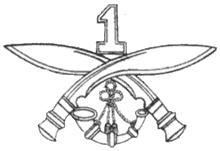-
Popular Topics
-
Topics
-
Recent Status Updates
-
Options
Options
-
Opening applications to join my golem army, accepting non-golems and golems alike.
https://forms.gle/rZNFhxNB15FJjvzw7
No Recent Status Updates -
Options











.thumb.gif.41fee94a6ea949a7803e0cb8e230ffc6.gif)


Recommended Posts